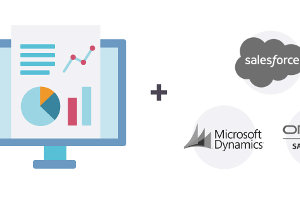
Nearly half of brands that produce live experiential marketing campaigns say the primary focus of the campaigns is to drive more sales, according to an infographic created by live-marketing platform Limelight. But tracking those sales can be challenging, and it’s not unusual for the ROI of an experiential marketing campaign to be less than clear.
Impressions, engagements, and dwell time are among the more traditional metrics marketers use to track experiential-campaign success. However, new technology has made possible more accurate ways to attribute sales to individual actions.
With the right planning and tools, your experiential marketing campaigns can be trackable. The infographic explains how.
Start with the basics—defining your objectives and KPIs—the infographic suggests, and then move into technology: Do you have a CRM in place? Do you have lead data capture software?
The more you can integrate your tools, the better you’ll be able to track. But even if you have some technical challenges, be sure to tag any leads by source to isolate which events your sales are coming from.
To see all eight steps and better track your experiential marketing campaigns, check out the infographic, which is based both on Limelight’s internal data from thousands of activations for Fortune 500 companies across industries and event types and on research from Salesforce, Mosaic, and HubSpot.


Laura Forer is a freelance writer, email and content strategist, and crossword puzzle enthusiast. She’s an assistant editor at MarketingProfs, where she manages infographic submissions, among other things.
LinkedIn: Laura Forer